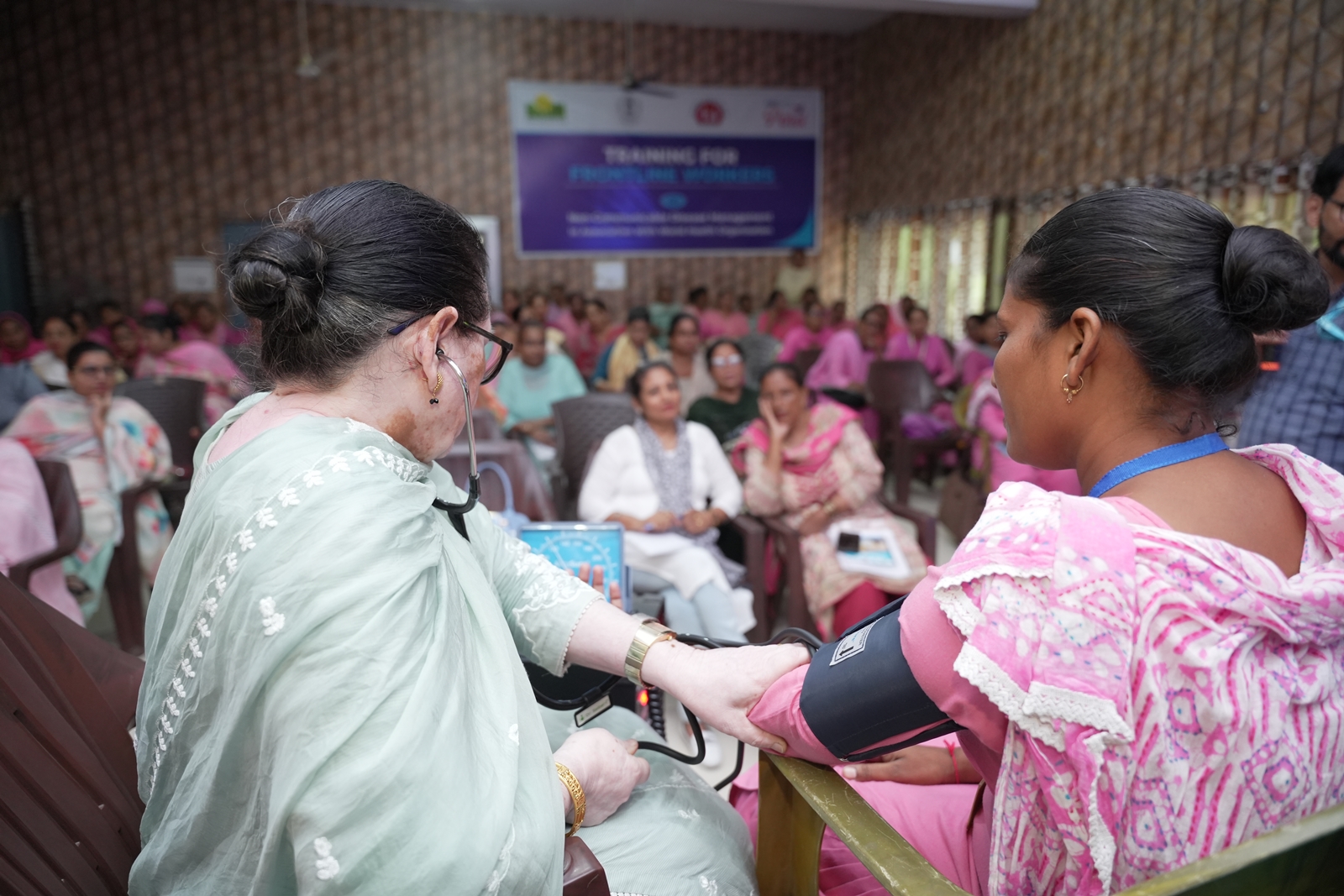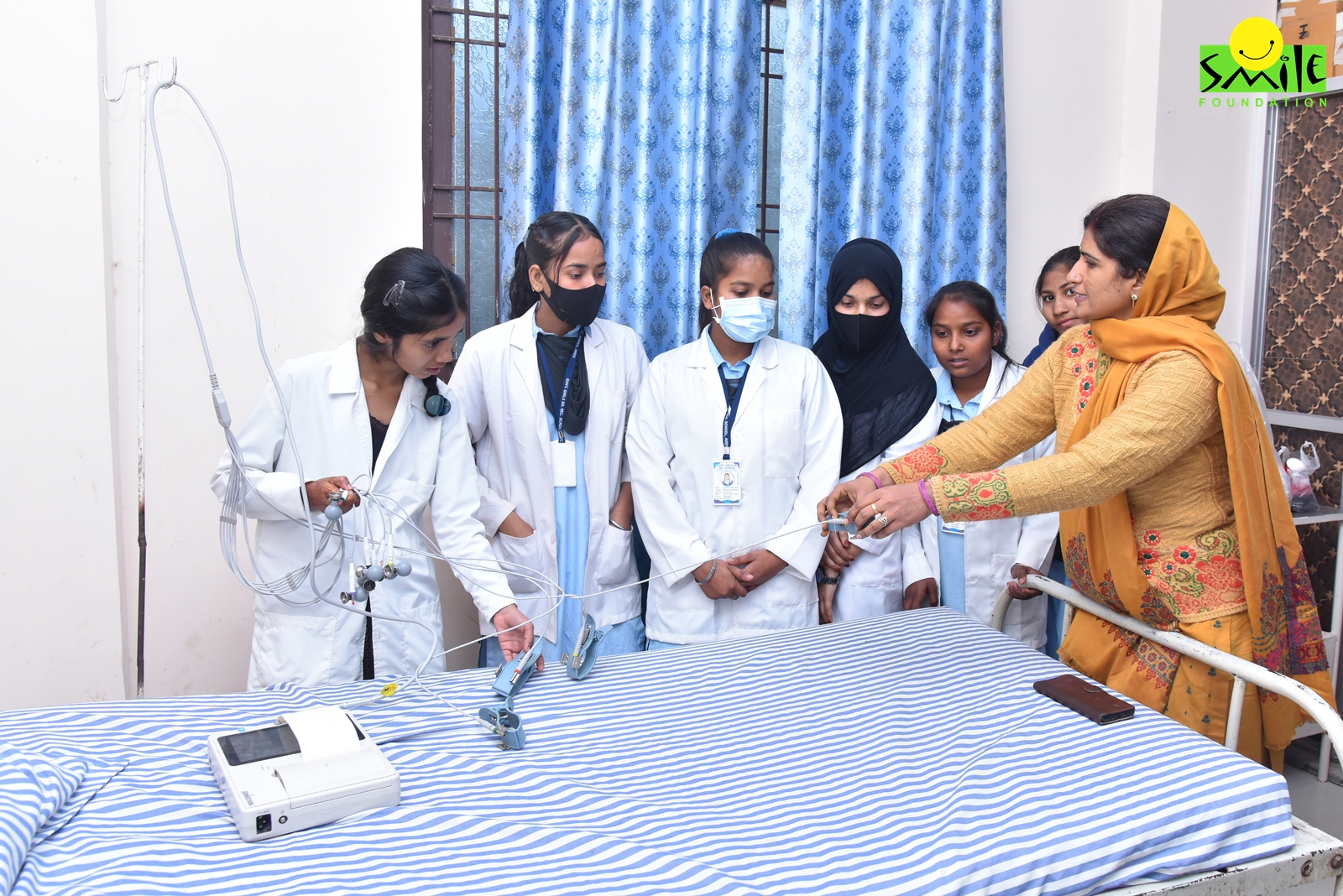One of the most important indicators for a nation’s high Human Development Index (HDI) is education. Education is widely believed to have a significant role in helping individuals escape poverty and pushing a nation towards its development and performance across sectors. Literacy alone is insufficient for a developing economy like India, where there are several challenges to its development growth. Higher education has become an imperative factor in driving the country’s progress.
While education remains the foundation of a prosperous and empowered society, dropout rates in Indian schools have been a significant cause of concern for policymakers and educators. India has the largest adolescent population in the world, and school dropout is most common in rural India due to various underlying factors.
What does Data say?
In India, the average number of years a youth spends in school is 6.7, according to the United Nations Development Programme’s (UNDP) 2021 Global Human Development Index study, referenced in the 2022–2023 economic assessment. In contrast, the average years spent in school in similar countries worldwide, such as China and Brazil, is 7.6 and 8.1 years, respectively.
Further, the 2021-22 UDISE+ data reveals that the total primary school dropout rate in India is 1.5%. The secondary level (9–10) has the greatest dropout rate at 12.6 percent, followed by upper primary (6–8) at 3 percent.
Even while the data indicates that overall dropout rates declined over the years, the figures are alarming considering India’s population.
How do School Dropouts Impact Society?
Education drives economic progress – a well-educated population with higher educational degrees is more productive and makes more money than people without as much schooling. A one-year increase in the average number of years of education can boost a nation’s GDP by 0.37%, per a World Bank analysis. Furthermore, because they have the skills and information needed in a given profession, educated people are more likely to contribute to the growth of enterprises.
On the other hand, dropping out of school early hinders a country’s economic growth and employment. A few years ago, the European Commission stated, “Early school dropout hampers productivity and competitiveness and fuels poverty and social exclusion.”
In India, where a significant portion of students drop out early from school, become unemployed later in life, fall into poverty, lose access to quality healthcare due to a lack of resources, are likely to engage more in criminal activities and continue the cycle of poverty hindering the economic prosperity of the geography.
Overall, student dropout affects the labour market, economic performance, and social progress of a country.
The Socio-economic Impact of Female Dropouts
Female school dropouts have a significant economic and social impact at the individual and societal levels. Dropping out of school might significantly reduce a girl’s work options and earning potential, inadvertently affecting the running of an economy. World Bank research found that a girl’s earning potential rises by 10–20 per cent for each extra year of education. Girls who leave school early deny themselves the chance to improve their economic chances and for the nation’s greater good.
The economic effects of female school dropouts are equally important from a societal standpoint. Economic growth and development can be harmed by the skills gap and decreased productivity caused by a shortage of educated women in the workforce. According to a McKinsey Global Institute report, India’s GDP might increase by $2.9 trillion by 2025 if women join the workforce at the same rate as males.
Overall, early school dropout youth have a significant societal influence — they are more susceptible to prejudice, poverty, and exploitation. Further, they are less likely to be aware of their rights, which feeds the cycle of disadvantage and poverty.
One of the most significant dropout problems emerges from India’s higher education system. It was not until 2019 that India’s high education enrolment crossed the 40 million mark for the first time. Following this, the NEP 2020 implemented the much-discussed multiple-entry and exit mechanism to guarantee a minimum number of dropouts and effectively award certified credentials to students entering the higher education system. Candidates can be granted a basic certification based on the credits they have acquired in a particular academic year due to the entry-exit strategy for continuing higher education.
However, while this measure was built on a positively thought-out note aimed at significantly transforming dropped-out youth into qualified professionals, the implementation and success of the same have been far from the action.
Mission Education
School dropout can be seen as the culmination of a complex, cumulative process of disengagement from education influenced by various factors, one of the most significant dominating factors being poverty. Through flagship initiatives like Mission Education, Smile Foundation has provided education to 200,000 children. These children are mostly either homeless, orphaned, abandoned, runaways, or belong to impoverished families. Many of them have lost precious years of their childhood working in child labour.
These youngsters have taken the first step towards empowerment, leaving their circumstances behind. However, education is an ongoing process. Even though primary education is now free and required by the Right to Education Act, statistics show that over 40% of students leave school after just a few years. In the case of low-income group families, this is quite pertinent. Children must get a high-quality, ongoing education to grow aware, knowledgeable, and truly capable. The Mission Education initiative is centred on this need.
Our objective is to ensure that children from marginalized communities in India not only enroll in school but also complete their education. By addressing the critical issue of school dropouts, we aim to break the cycle of economic stagnation. Most importantly, our work focuses on empowering these children to build resilience, pride, and determination, helping them become independent and create lasting change for themselves and their families.
Join us to help our children continue their hope and efforts of becoming an educated and empowered individual of our nation.










One reply on “School Dropouts Interfering with Desired Progress in India”
Nice